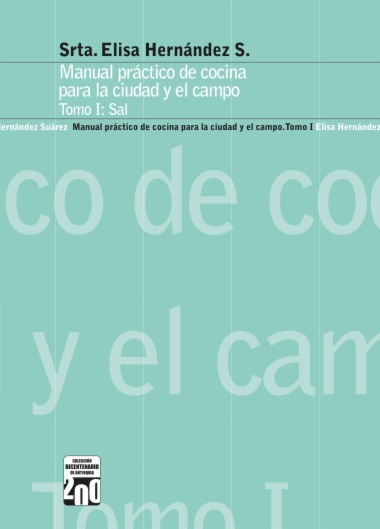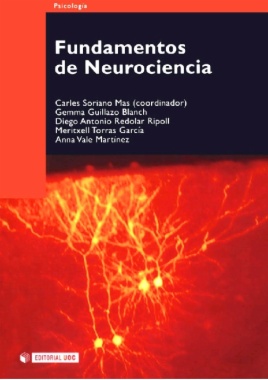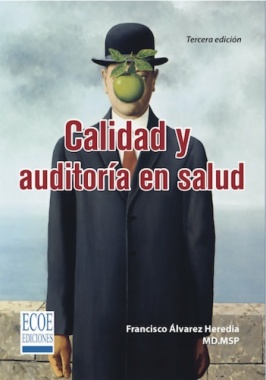Manual práctico de cocina para la ciudad y el campo. Tomo I: Sal
CONTENIDO PARA USUARIOS REGISTRADOS
Inicia sesión para disfrutar este recurso. Si aún no estás afiliado a BibloRed, haz clic en el botón.
Acceder- Autor
- Año de publicación 2013
- Idioma Otros
- Publicado por Ediciones Unaula
- Descripción
-
Citación recomendada (normas APA)
- Elisa Hernández S., "Manual práctico de cocina para la ciudad y el campo. Tomo I: Sal", -:Ediciones Unaula, 2013. Consultado en línea en la Biblioteca Digital de Bogotá (https://www.bibliotecadigitaldebogota.gov.co/resources/2058196/), el día 2025-07-02.



